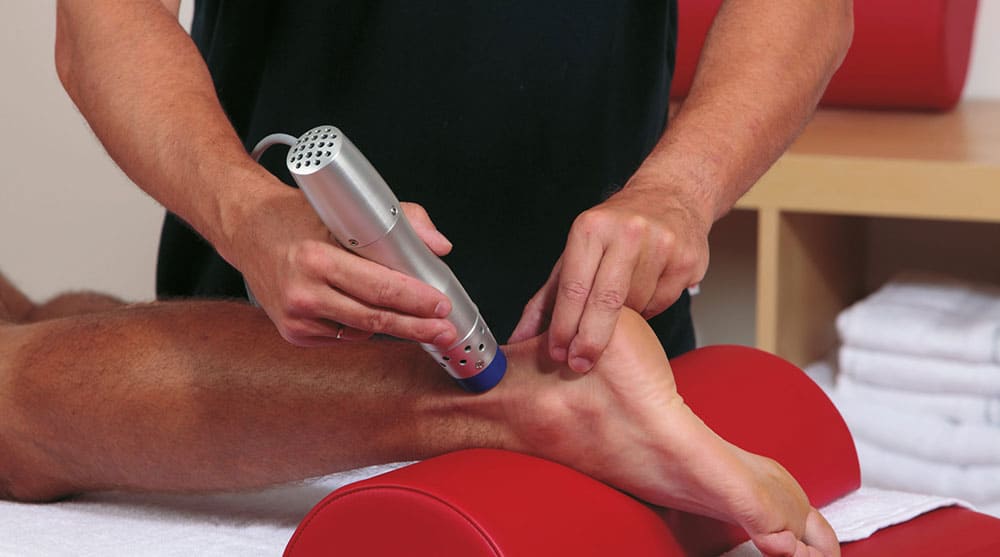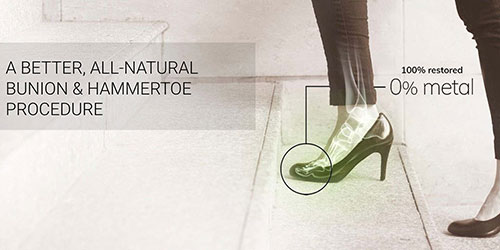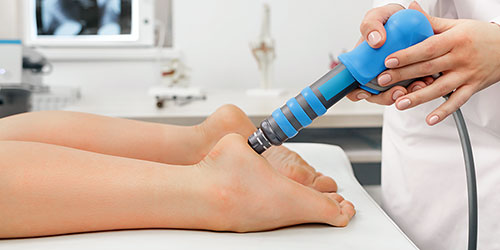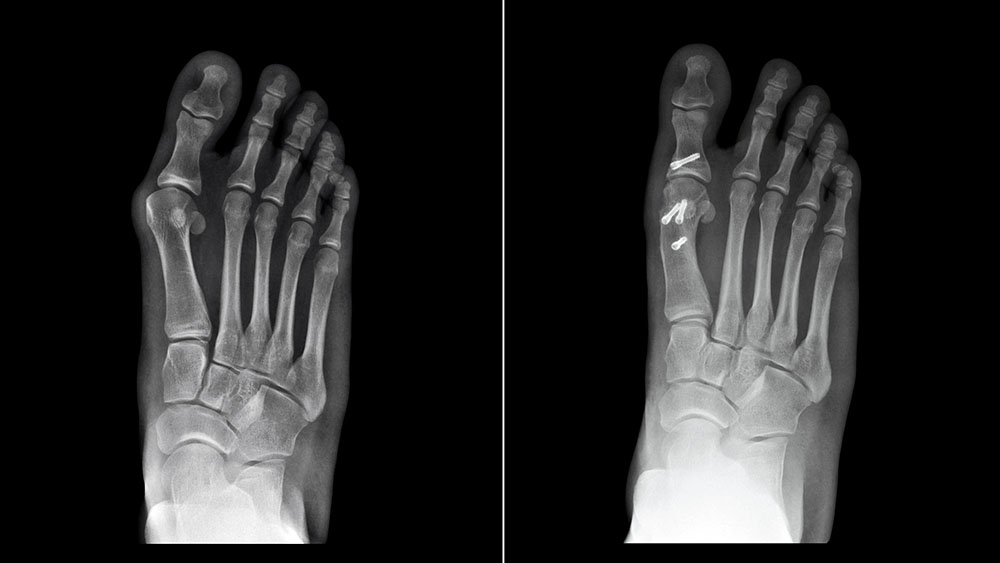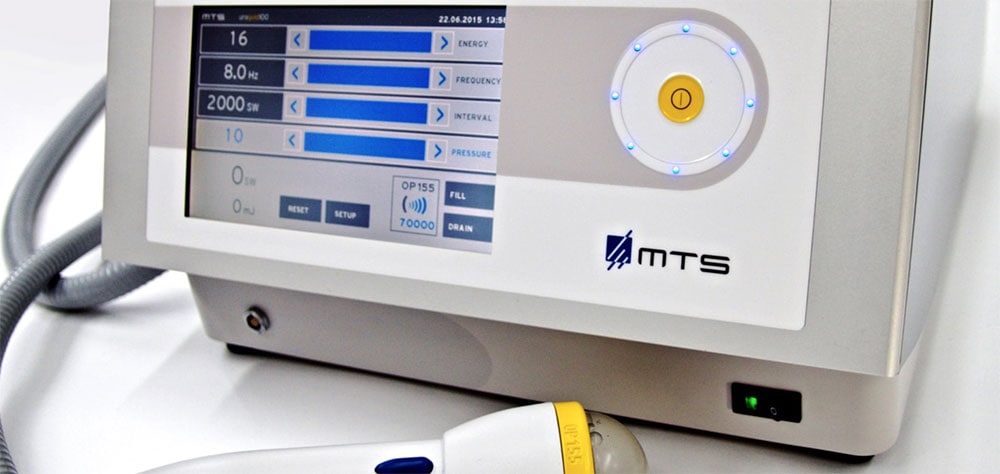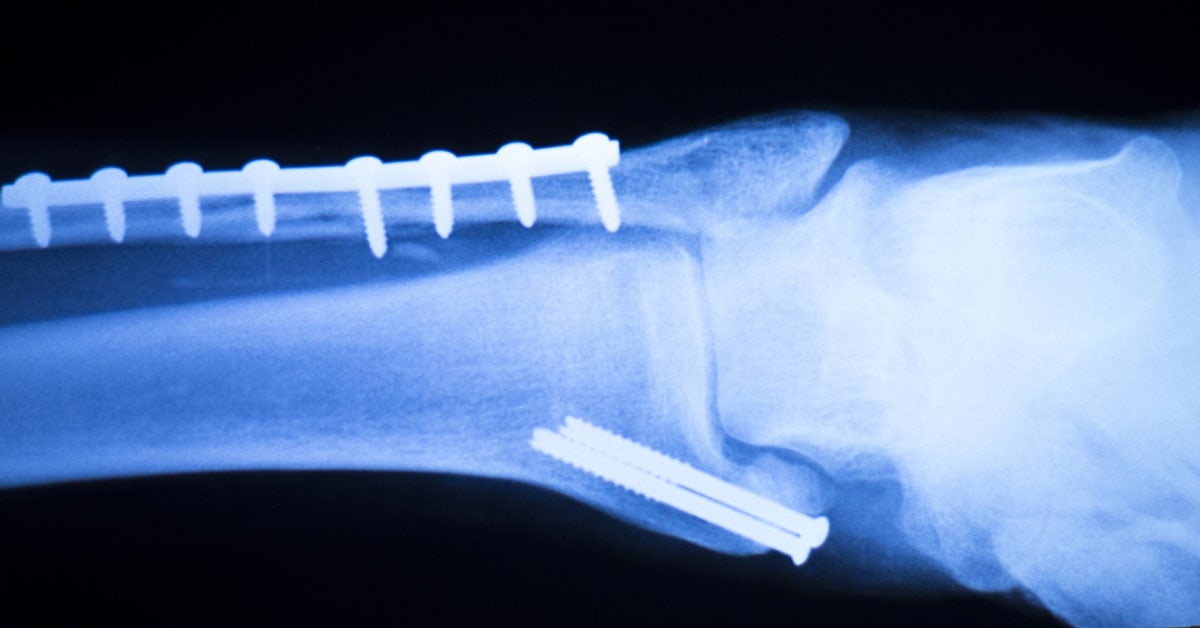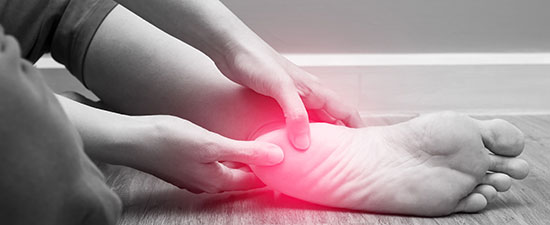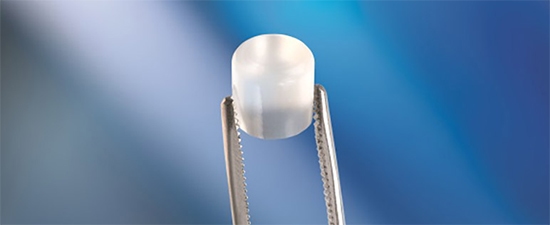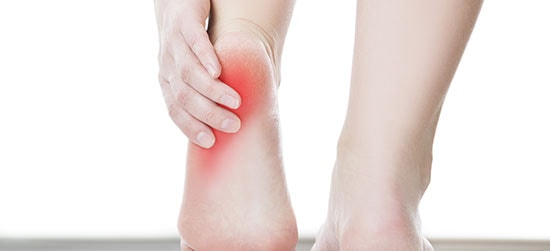State-of-the-art shockwave therapy for heel pain is now available in Valencia. UFAI offers pain free therapy for plantar fasciitis and other causes of pain.
CONTINUE READING →“All-Natural” Bunion & Hammertoe Surgery is Here
A better, all-natural bunion & hammertoe procedure OSSIOfiber® is an innovative implant that uses the latest technology for hammertoes and bunions. Using organic materials that turn into your bone, this advancement in foot surgeries restores you to full strength—without the pain and aggravation of metal implants. Bunionfiber® turns a big leap to surgery into choosing a small step toward healing. A breakthrough read more »
CONTINUE READING →Intense Ultrasound proven effective for chronic plantar fasciitis (study)
We're excited to share the results of a clinical study on a new plantar fasciitis treatment. Intense ultrasound shows promise as a treatment option!
CONTINUE READING →Do Bunion Surgery Techniques Outlive their Usefulness? Yes!
Thanks to modern R&D, bunion treatments have seen amazing advances. However, some outdated procedures still exist.
CONTINUE READING →SoftWave Tissue Regeneration Technology: A Revolution in Foot and Ankle Care
SoftWave shockwave therapy offers revolutionary non-invasive treatments for foot and ankle ailments. Learn more about its uses at UFAI.
CONTINUE READING →Metal Surgical Screws and Pins May Become Thing of the Past
Can surgically implanted metal Screws and pins become a thing of the past? Yes, thanks to a new invention that is being used at UFAI today.
CONTINUE READING →Topaz, Tenex or Tenjet: which is best for chronic plantar fasciitis?
What is chronic plantar fasciitis and how is it treated? The plantar fascia is the amazingly strong thick band of tissue that connects the heel bone to the toes. It supports the arch and helps keep your foot from curling into a ball. Chronic plantar fasciitis is defined as plantar fascia pain experienced for at least 3-6 months without resolution. read more »
CONTINUE READING →When the Cartiva Big Toe Joint Implant Fails
The Cartiva implant was considered to be a revolution in great toe arthritis therapy. It came out with a splash and the original studies to get the implant through FDA approval showed incredible results. Our group, University Foot and Ankle Institute, and me in particular, were involved with helping launch the product and educating surgeons on how to use the read more »
CONTINUE READING →What an Ultrasound Can Tell You about Your Heel Pain
Your foot might not be expecting a little bundle of joy any time soon, but an ultrasound can actually help diagnose your foot pain, a new study found. Plantar fasciitis is one of the most common culprits of heel pain, and so it is typically the first thought that comes to mind when a patient complains of an achy heel. read more »
CONTINUE READING →